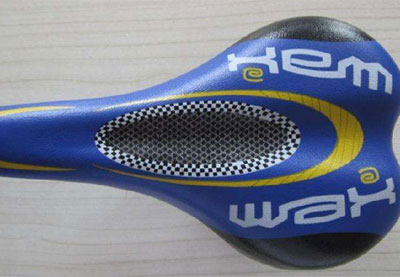Oct . 09, 2024 20:58 Back to list
Understanding Rear Derailleurs for Mountain Bikes and Their Importance in Performance
Understanding Rear Derailleurs for Mountain Bikes
When it comes to mountain biking, the performance and reliability of your bike's components can significantly impact your overall riding experience. One crucial component is the rear derailleur, which plays a vital role in shifting gears smoothly and efficiently, especially on rugged trails. Understanding how rear derailleurs function and the various types available can help you make informed decisions when it comes to upgrading or maintaining your mountain bike.
Understanding Rear Derailleurs for Mountain Bikes
There are primarily two types of rear derailleurs used in mountain biking the traditional mechanical derailleur and the more recent electronic derailleur. Mechanical derailleurs are operated by a shifter that pulls a cable to move the derailleur, while electronic derailleurs utilize battery-powered systems for precise and quick shifts.
rear derailleur mountain bike

One of the key considerations when selecting a rear derailleur for mountain biking is the gear range it can handle. Mountain bike cassettes often feature a wide range of gears to accommodate various terrains, from steep ascents to technical descents. When choosing a derailleur, ensure that it can support the number of gears on your cassette, typically ranging from 8 to 12 speeds.
Another important aspect is the derailleur's capacity. This refers to the maximum difference in teeth between the largest and smallest chainrings and the largest and smallest cogs. A derailleur with adequate capacity will ensure smooth shifting and prevent the chain from skipping. It's also essential to consider the derailleur's design; many modern options come equipped with features that enhance durability, like reinforced chains and shock-resistant designs, making them suitable for rugged terrains.
Furthermore, the material of the derailleur can significantly affect its weight and durability. Many high-end models are made from lightweight alloys or carbon fiber, which offer superior strength-to-weight ratios. Although these materials can often come with a higher price tag, they can enhance your bike's performance and longevity.
In conclusion, the rear derailleur is an essential component of any mountain bike, directly affecting its performance during rides. By understanding the types, capacities, and materials available, cyclists can make informed decisions that cater to their riding style and preferences. Whether you prioritize weight, durability, or shifting precision, choosing the right rear derailleur will ultimately enhance your mountain biking experience.
-
Discover Top E Bike Brand Insights, Specs & Future Trends | Yanline Bike
NewsNov.24,2025
-
Green E Bike – The Future of Sustainable Urban Mobility
NewsNov.24,2025
-
Ruffian eBike: Durable, Efficient Electric Bikes for Modern Mobility
NewsNov.23,2025
-
Comprehensive Guide to the Global E Bike Market and Future Trends
NewsNov.23,2025
-
Understanding Electric Bicycle Range: A Complete Guide for Smarter E-Bike Use
NewsNov.22,2025
-
Ceron Electric Bike – Efficient, Sustainable Urban Mobility Solutions
NewsNov.22,2025
-
Discover the Benefits and Innovations of Go Ebike | Sustainable Urban Mobility
NewsNov.22,2025




